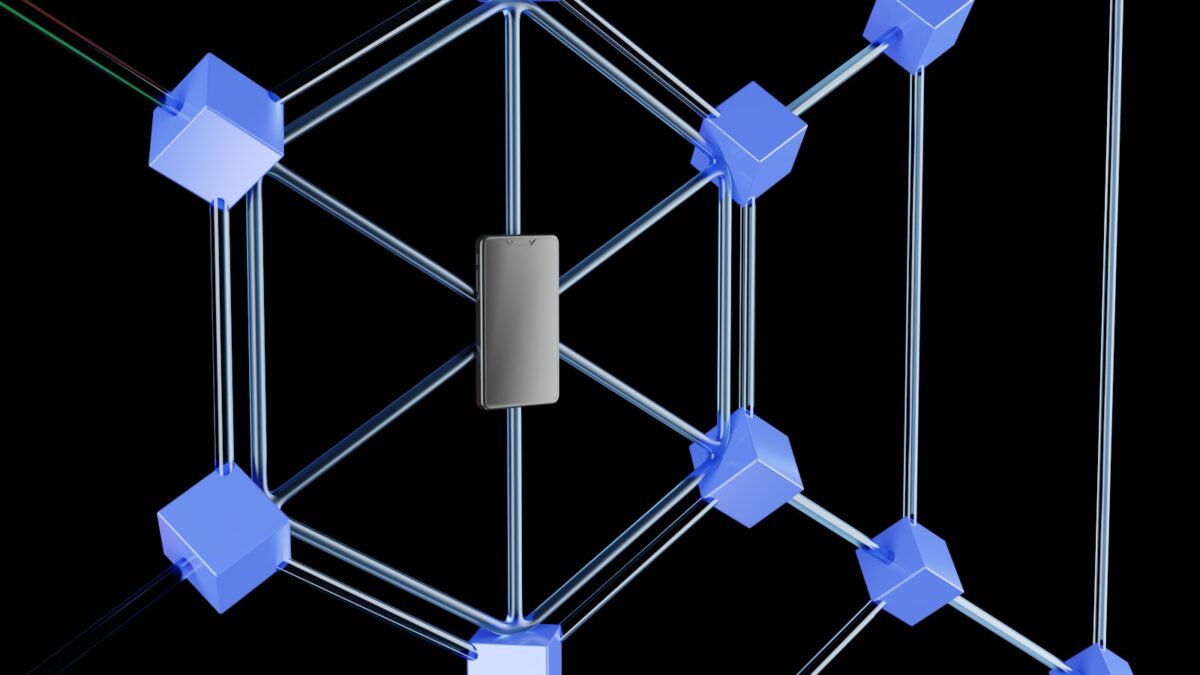Cryptocurrency technical analysis basics
Start by examining price charts to identify clear support and resistance levels. These horizontal boundaries reveal zones where buying or selling pressure repeatedly halts or reverses market movement. Observing how the price reacts at these points helps anticipate potential rebounds or breakouts, providing actionable entry and exit signals. Recognize recurring patterns formed by price fluctuations […]










